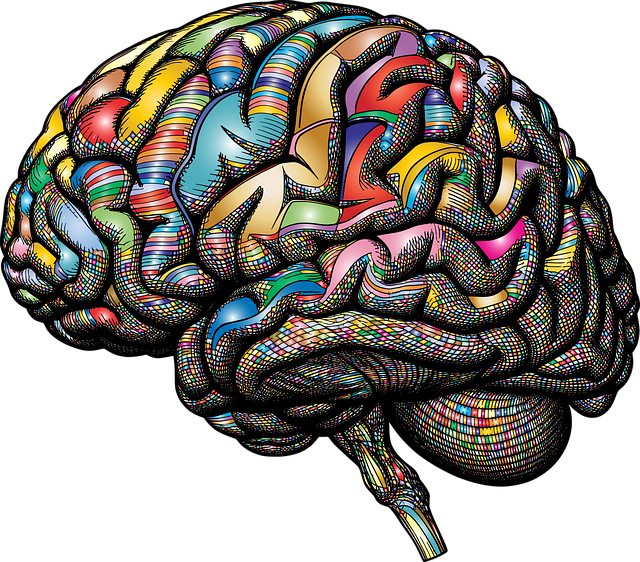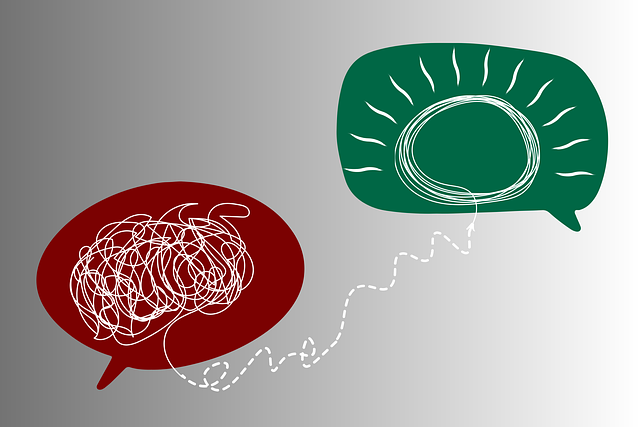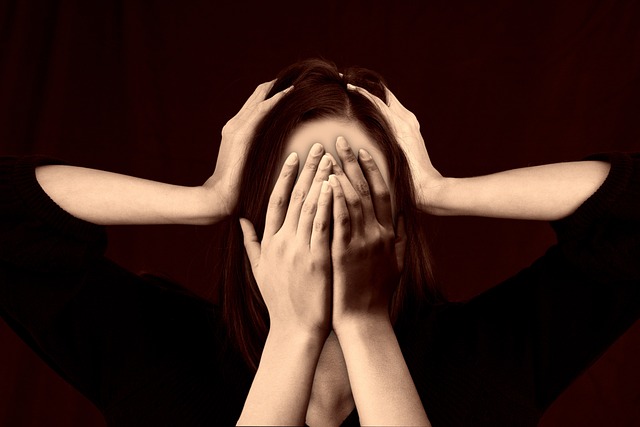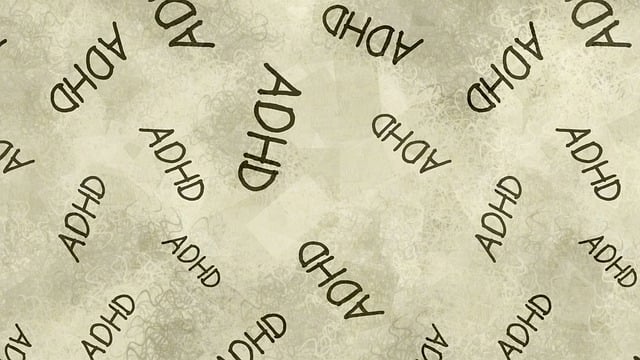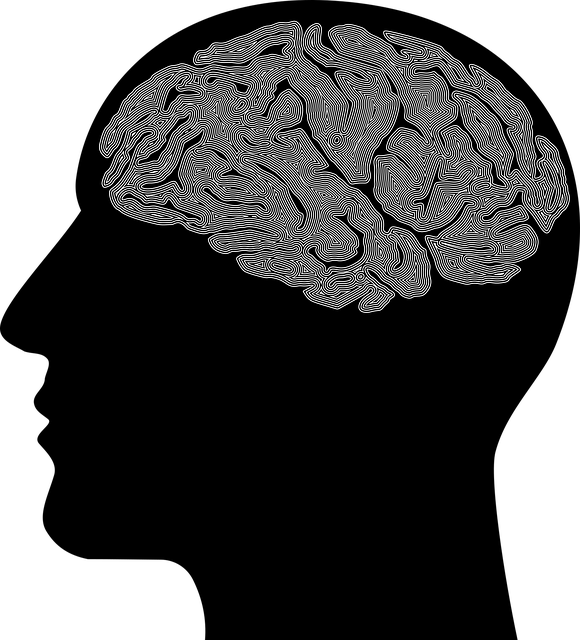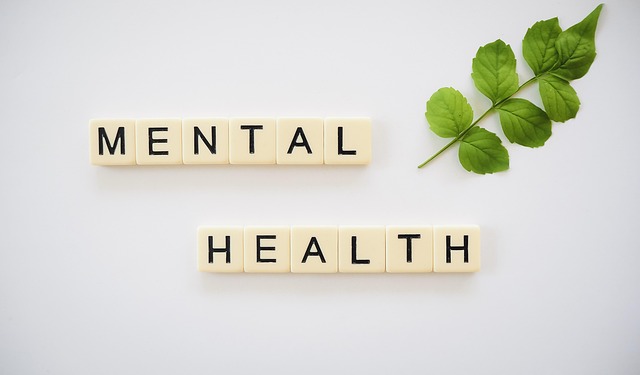Anxiety among children, often triggered by major life changes and environmental factors, is characterized by physical and behavioral symptoms. Early intervention through accessible therapy for children, particularly Cognitive Behavioral Therapy (CBT), is crucial to prevent escalation into severe mental health conditions. CBT equips kids with tools like identifying negative thought patterns, mindfulness meditation, and relaxation techniques to manage anxiety effectively. Exposure therapy, another powerful tool, gradually exposes individuals to feared situations, reducing anxiety. Therapy for children during major life transitions helps them adapt, develop essential life skills, and foster mental health awareness through practices like journaling.
Anxiety can significantly impact children’s well-being, but there are effective management techniques available. This article explores various strategies to help young individuals cope with anxiety, from understanding its symptoms and triggers to powerful therapeutic approaches like Cognitive Behavioral Therapy (CBT). We delve into mindfulness practices for calm minds and exposure therapy for facing fears, as well as building resilience through essential life skills for navigating major life transitions.
- Understanding Anxiety in Children: Symptoms and Triggers
- Cognitive Behavioral Therapy (CBT): A Powerful Tool for Kids
- Mindfulness and Relaxation Techniques for Calming Minds
- Facing Fears: Exposure Therapy for Overcoming Anxiety
- Building Resilience: Life Skills for Navigating Major Transitions
Understanding Anxiety in Children: Symptoms and Triggers

Anxiety is a common experience for children, but when it becomes persistent and interferes with daily life, it’s essential to recognize the signs. Understanding anxiety in kids involves identifying specific symptoms that may manifest differently than in adults. Children might express their anxiety through physical complaints like headaches or stomachaches, restlessness, difficulty concentrating, and excessive worrying. They may also exhibit behavioral changes such as avoidance of social situations, increased irritability, or sudden shifts in mood. Recognizing these symptoms is crucial for parents and caregivers to provide the necessary support and guidance.
Several factors can trigger anxiety in children, including major life transitions like starting school, changing schools, or moving to a new city. Social interactions and peer pressure also play a significant role, especially during adolescence. Additionally, genetic predisposition and environmental influences contribute to the development of anxiety disorders. Mental illness stigma reduction efforts have emphasized the importance of early intervention and access to therapy for children experiencing anxiety, as effective treatment can prevent the escalation of symptoms into more severe mental health conditions.
Cognitive Behavioral Therapy (CBT): A Powerful Tool for Kids

Cognitive Behavioral Therapy (CBT) has emerged as a powerful tool for helping children navigate and overcome anxiety related to major life transitions. By focusing on identifying and challenging negative thought patterns, CBT empowers kids to develop healthier coping mechanisms. This therapy encourages children to recognize that their thoughts, feelings, and behaviors are interconnected, and by modifying these thought processes, they can effectively manage anxiety symptoms.
CBT incorporates various techniques tailored for young minds, including mindfulness meditation, which helps children stay present and calm. By integrating mental health awareness into daily routines, CBT enables kids to build resilience and enhance their overall well-being. This approach not only addresses immediate anxiety but also equips children with lifelong skills for stress management during challenging life transitions.
Mindfulness and Relaxation Techniques for Calming Minds

Mindfulness and relaxation techniques have proven to be effective tools for calming anxious minds, especially during major life transitions. These practices encourage individuals, both children and adults, to focus on the present moment rather than dwelling on worries or fears. Through mindfulness meditation, deep breathing exercises, and progressive muscle relaxation, one can cultivate a sense of inner peace and reduce stress levels.
Incorporating these techniques into daily routines fosters mental health awareness and builds resilience. By teaching children early on how to manage anxiety through therapy, they develop valuable skills that can benefit them throughout their lives. Positive thinking becomes more accessible when individuals learn to observe their thoughts without judgment, allowing them to respond to challenging situations with increased clarity and composure.
Facing Fears: Exposure Therapy for Overcoming Anxiety

Facing fears is a powerful approach to anxiety management, particularly through exposure therapy. This technique involves gradually exposing individuals to situations or objects they fear, helping them learn that their worries often don’t come to pass. By facing their fears in a controlled environment, people can overcome anxiety disorders and build confidence. Exposure therapy has been shown to be highly effective for children experiencing social anxiety, allowing them to develop coping strategies and engage more freely in activities that were previously avoided due to fear.
During major life transitions, such as starting a new job or moving to a different city, individuals may experience heightened anxiety. Risk management planning for mental health professionals can include exposure therapy as a tool to prepare clients for these changes. By assessing fears and gradually exposing patients to potential stressors, therapists can help them develop resilience. This process not only aids in overcoming specific phobias but also equips people with skills to navigate future challenges, ensuring better mental health outcomes.
Building Resilience: Life Skills for Navigating Major Transitions

Navigating major life transitions can be challenging, especially for children who may struggle to process and cope with changes in their routine or environment. Building resilience is a crucial aspect of anxiety management and preparation for such transitions. Therapy for Children focuses on equipping young individuals with essential life skills to help them adapt and thrive during significant shifts.
Mental wellness professionals play a vital role in guiding children through risk assessment and depression prevention strategies. One effective tool is journaling, offering a mental wellness journal as a safe space for expression and reflection. This simple yet powerful exercise can enhance their ability to process emotions, fostering better mental health practices that support them during transitions or even on a daily basis. By incorporating these techniques early, children gain the tools needed to navigate life’s challenges head-on.
Anxiety management techniques are invaluable tools for children navigating major life transitions. By understanding symptoms and triggers, parents and caregivers can create supportive environments. Cognitive Behavioral Therapy (CBT) offers a structured approach to challenging negative thought patterns, while mindfulness practices promote calmness and relaxation. Exposure therapy empowers kids to face their fears head-on, and building resilience through life skills equips them for future challenges. With the right combination of strategies, children can effectively manage anxiety and thrive during transitional periods.


